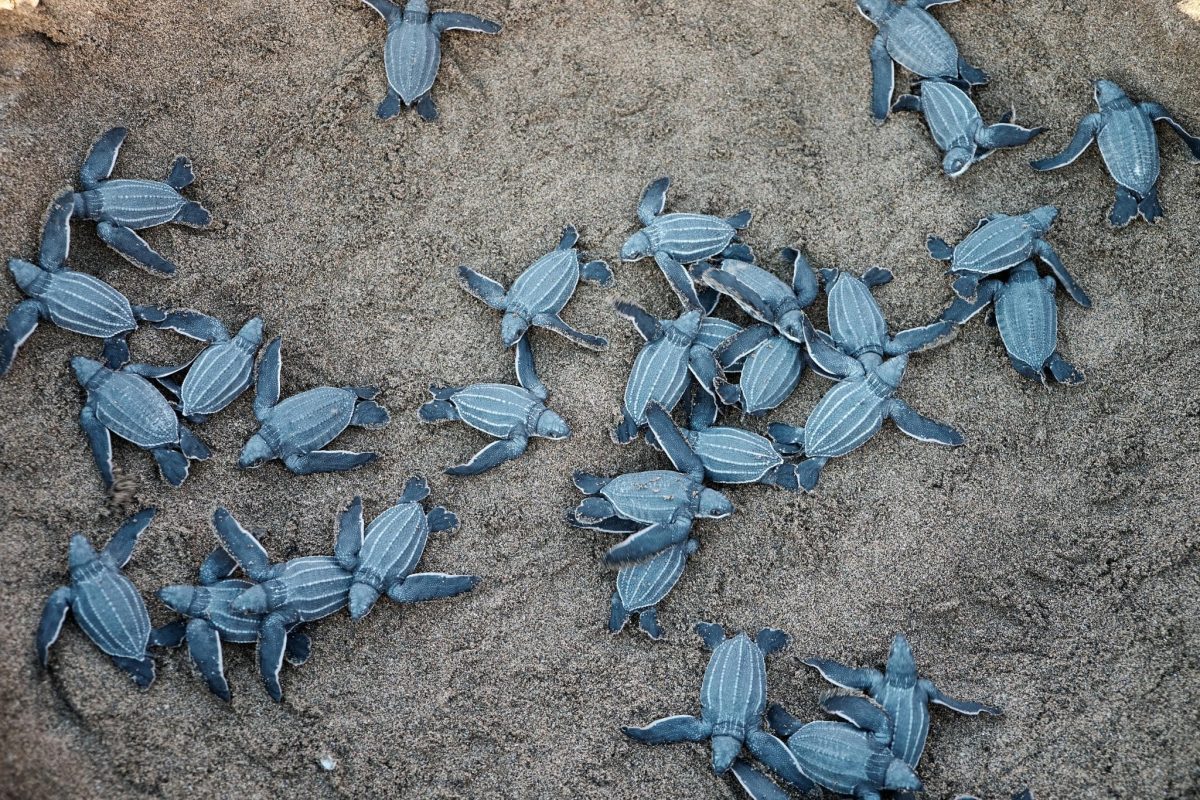Shutterstock
Animal migrations are one of the most extraordinary feats of nature. Each year, millions of animals travel vast distances, often across treacherous landscapes, to find food, breed, or escape extreme weather conditions. These migrations are incredibly complex, with creatures navigating unknown territories, facing predators, and overcoming harsh environmental challenges. The scale, precision, and endurance displayed by these animals are truly awe-inspiring. Their journeys are a testament to the resilience and adaptability of life, showcasing the amazing capabilities of creatures across the globe.
Monarch Butterflies
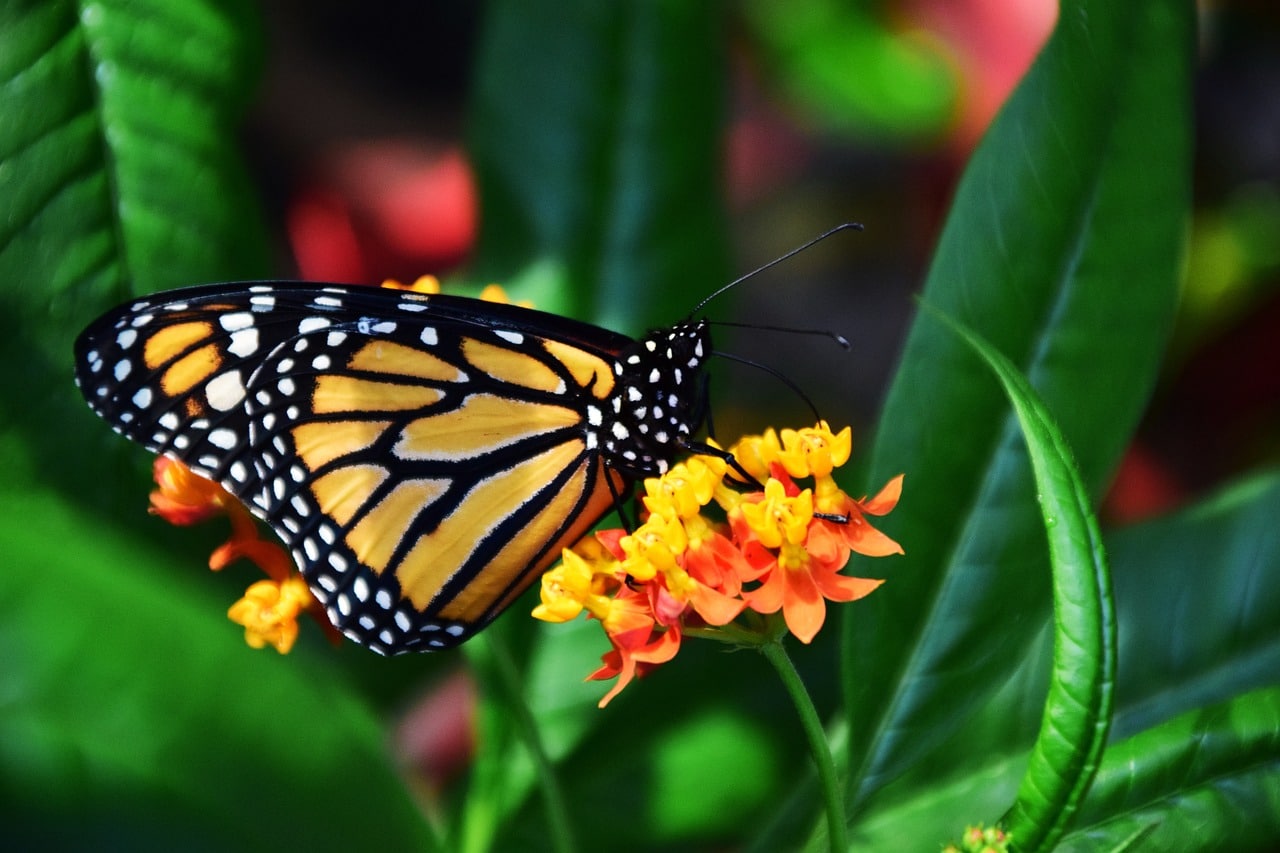 Shutterstock
Shutterstock
One of the most incredible migrations belongs to the Monarch butterfly, which travels up to 3,000 miles each year. These butterflies leave their breeding grounds in Canada and the U.S. and travel to the warm forests of Mexico for the winter. The migration is so precise that it takes several generations to complete, with the butterflies returning to the same forest year after year. The fact that they manage to navigate such vast distances and pass down the knowledge of this journey through generations is a testament to nature’s wonder.
Arctic Terns
 Shutterstock
Shutterstock
The Arctic Tern is a small seabird that holds the record for the longest migration of any animal on Earth. Every year, these birds fly from their breeding grounds in the Arctic to the Antarctic, covering a distance of over 25,000 miles. This migration, which involves both the northern and southern hemispheres, sees these birds cross multiple continents and oceans, braving extreme weather conditions. What’s most incredible is that Arctic Terns make this journey every year for up to 30 years, spending more time in the air than any other creature.
Wildebeest
 Shutterstock
Shutterstock
The wildebeest migration in the Serengeti is one of the most famous migrations in the animal kingdom. Every year, more than 1.5 million wildebeest, along with hundreds of thousands of zebras and gazelles, travel across the Serengeti ecosystem in search of fresh grazing grounds. The migration follows a cyclical pattern dictated by the rains, and the animals face a series of challenges along the way, including dangerous river crossings filled with crocodiles. This spectacular journey is a true survival test and a testament to the resilience of these animals.
Humpback Whales
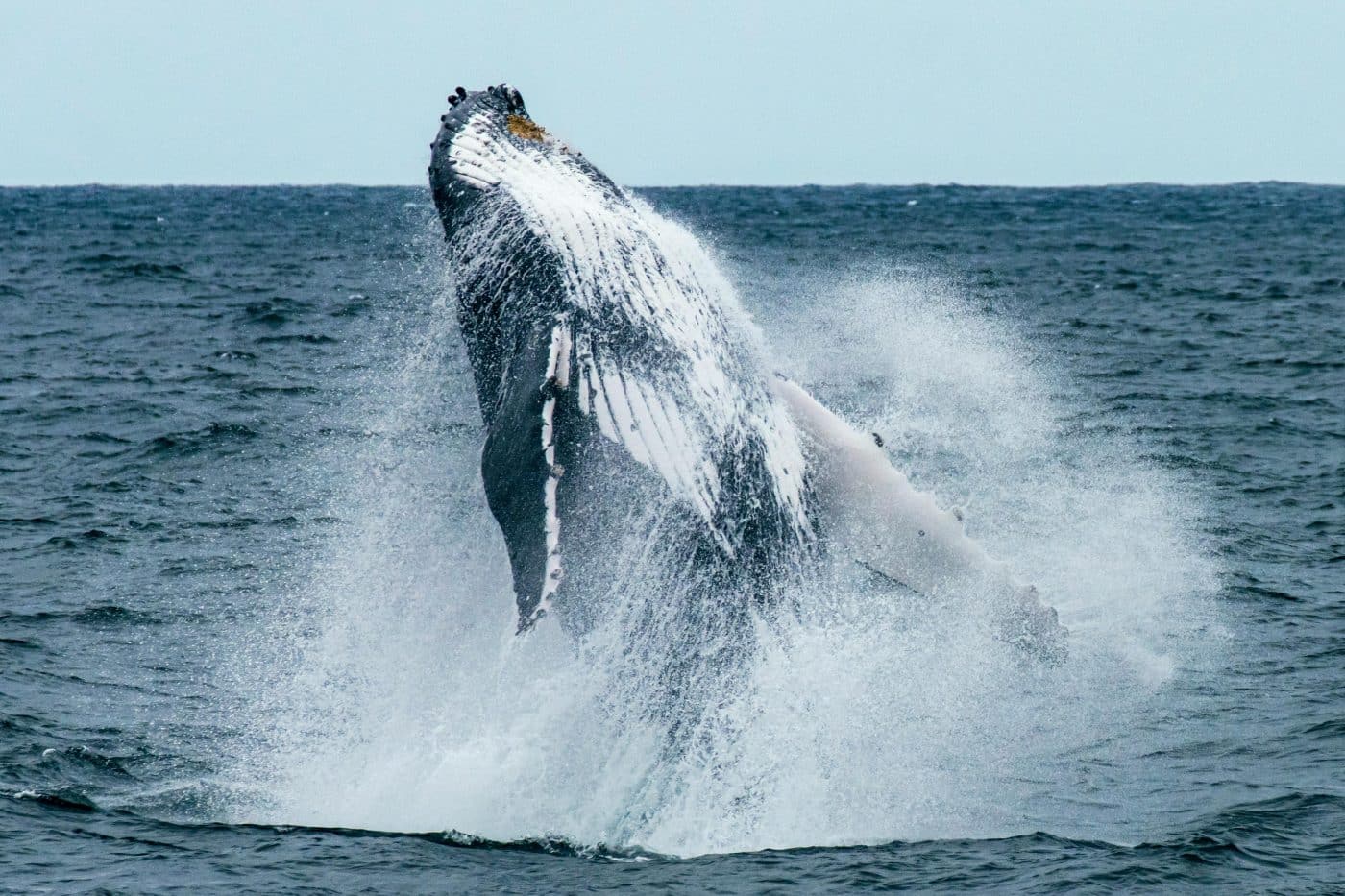 Shutterstock
Shutterstock
Humpback whales travel some of the longest distances of any mammal. They migrate annually from the cold waters of the Arctic and Antarctic to the warmer, tropical waters near the equator to breed. These journeys can cover over 10,000 miles round-trip. Despite their size, humpback whales navigate the vast ocean with remarkable precision, using a combination of environmental cues and their innate ability to communicate with each other. Their migration is not only a feat of endurance but also an important part of their reproductive cycle.
Caribou
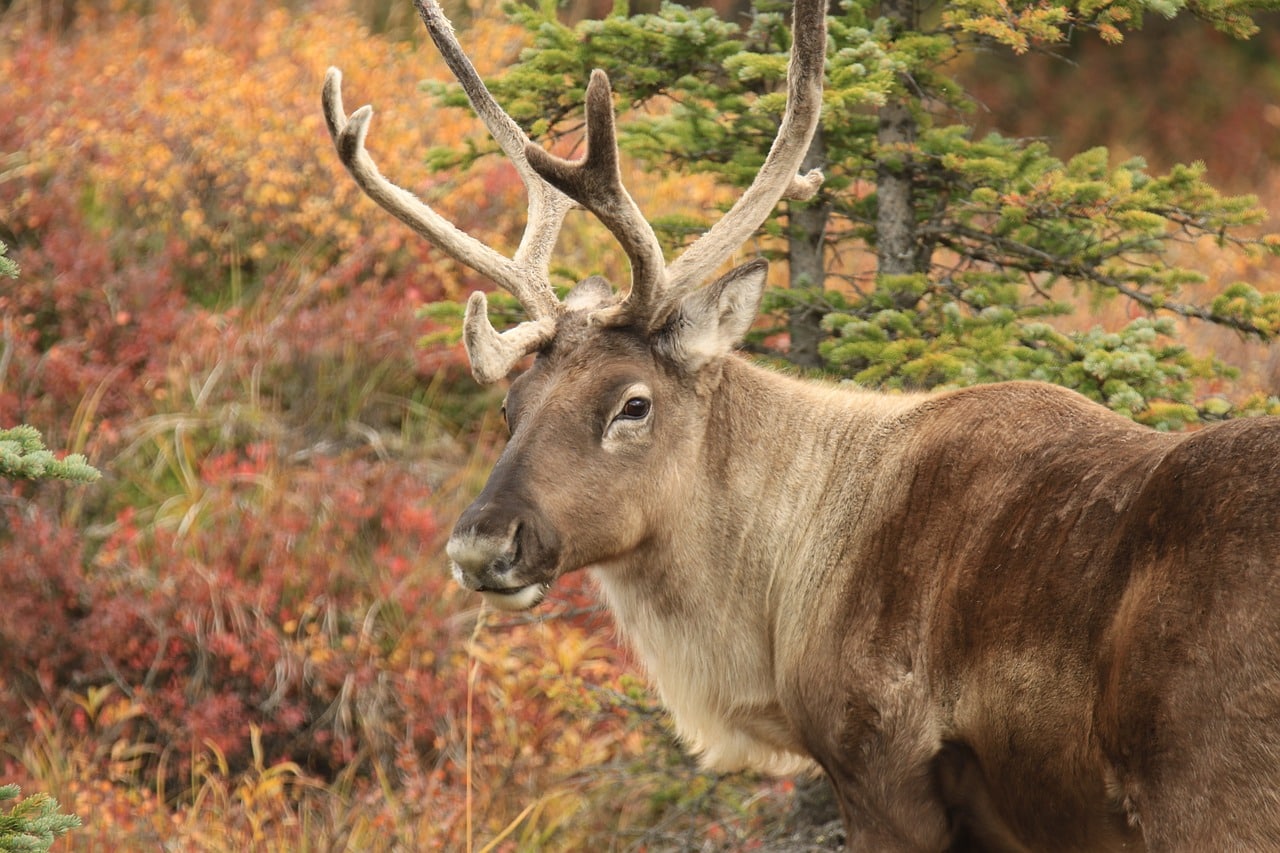 Shutterstock
Shutterstock
The caribou, or reindeer, are famous for their long-distance migrations across the tundra. In the northern regions of Canada and Alaska, caribou travel up to 3,000 miles annually in search of food and better weather. Their migration is dictated by the changing seasons and follows a specific path across the landscape. During the winter months, they travel south to find food, and in the summer, they head north to calve. These journeys are often done in large herds, providing safety in numbers from predators like wolves.
Leatherback Sea Turtles
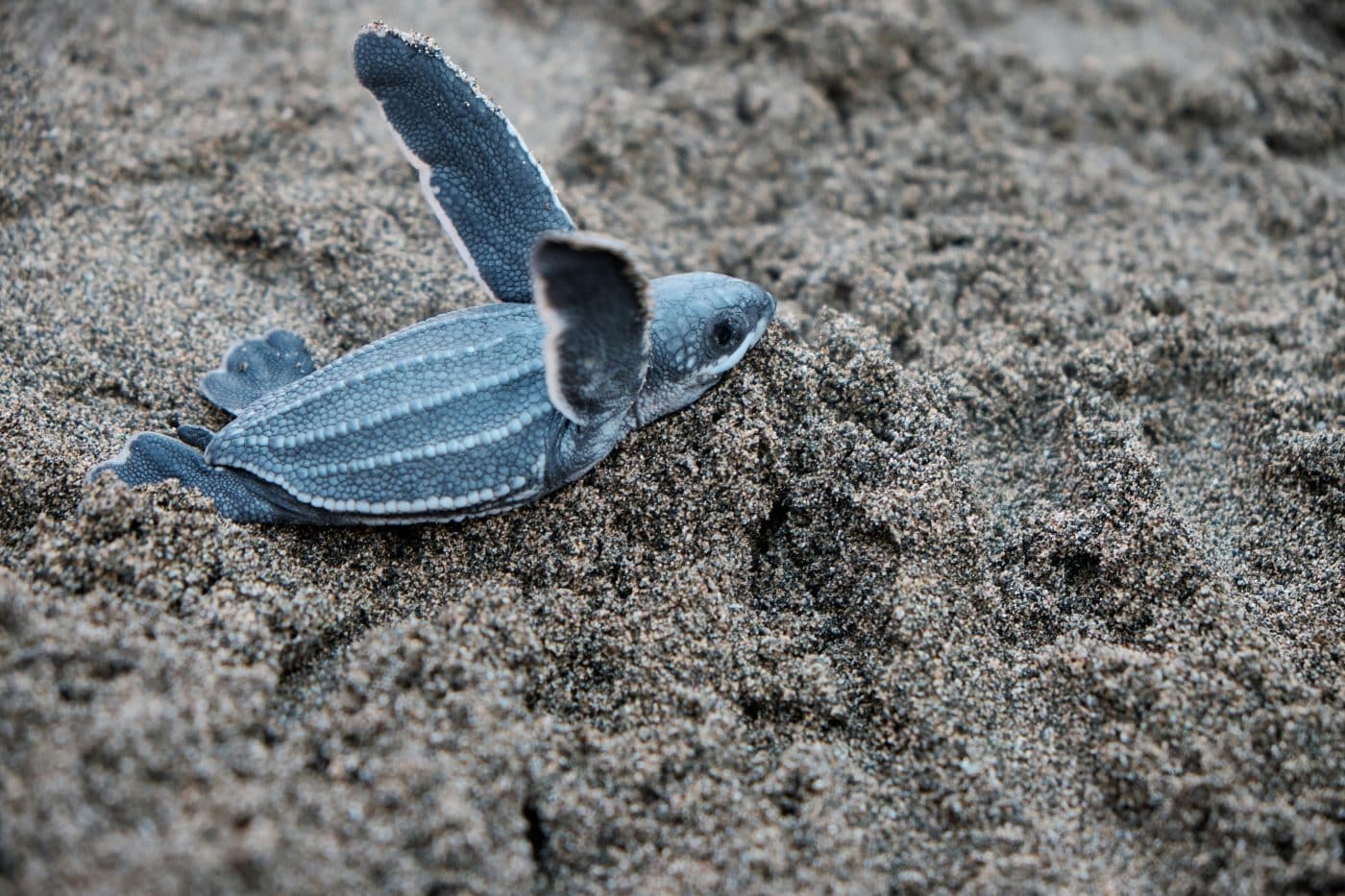 Shutterstock
Shutterstock
Leatherback sea turtles are another species known for their incredible migration. These ancient mariners travel thousands of miles across the world’s oceans, often following a set route between feeding and nesting grounds. They can travel from the coast of North America to Central America and back, covering distances of up to 10,000 miles in a single year. What makes the leatherback sea turtle’s migration so fascinating is its ability to navigate the open ocean with little to no guidance, relying on natural cues such as the Earth’s magnetic field.
Salmon
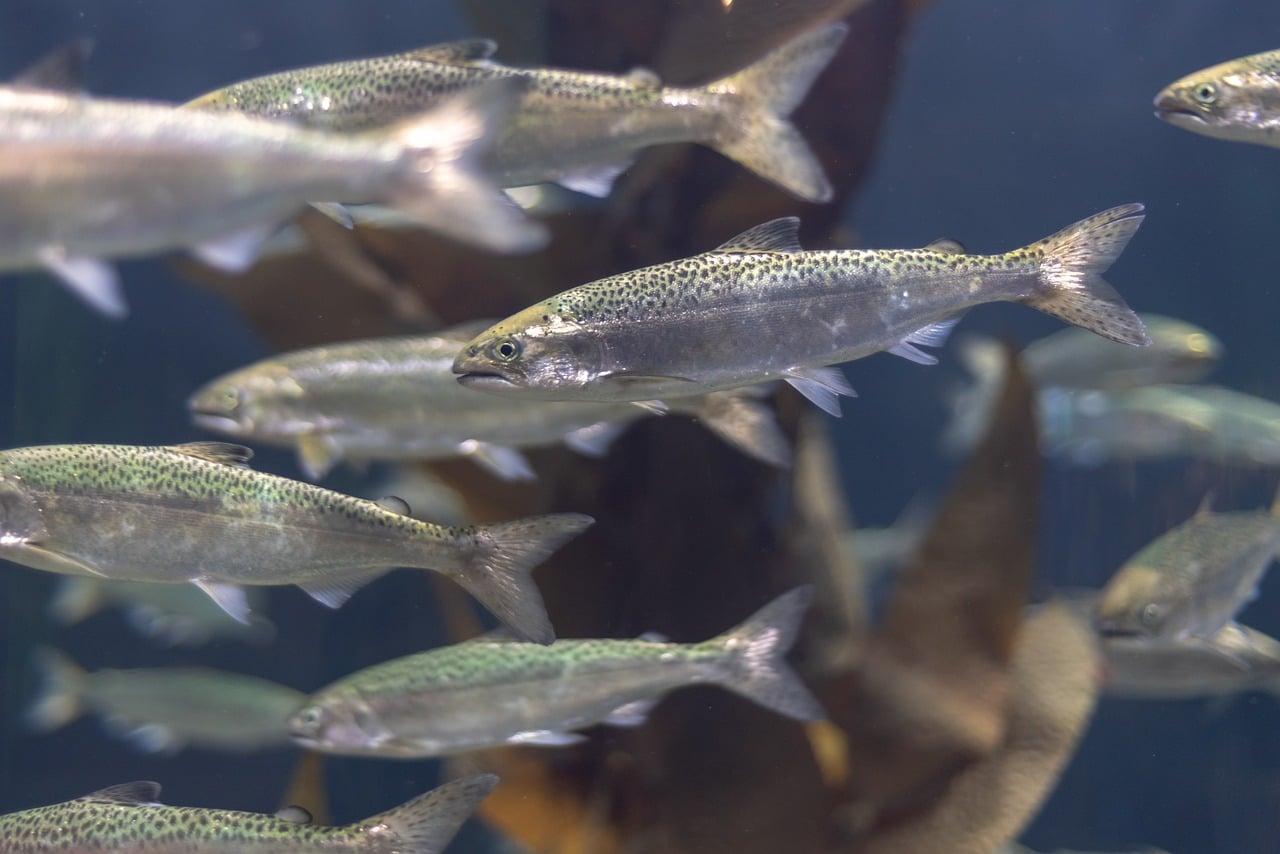 Shutterstock
Shutterstock
The migration of the salmon is one of the most iconic journeys in the animal kingdom. Born in freshwater rivers, salmon spend most of their lives in the ocean before returning to the exact stream where they were born to spawn. This journey involves navigating through rapids, waterfalls, and sometimes even predators. Salmon use an innate ability to sense the magnetic field of the Earth, allowing them to find their way back to their birthplace. This intense journey culminates in their final act of reproduction before they die, completing their life cycle.
Sandhill Cranes
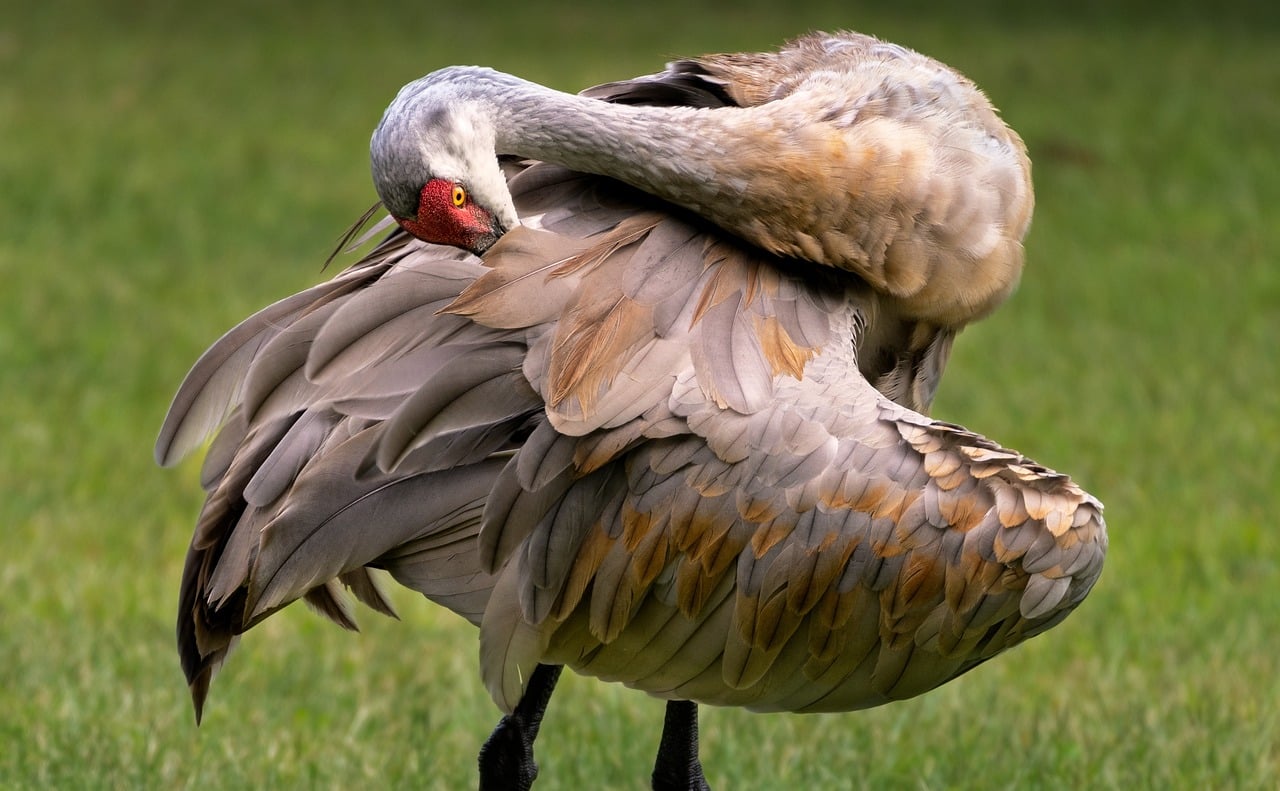 Shutterstock
Shutterstock
Sandhill cranes are known for their spectacular migration across North America. Each year, these large birds travel thousands of miles from their breeding grounds in Canada and the northern U.S. to their wintering grounds in the southern U.S. and Mexico. Along the way, the cranes stop to rest in specific locations, where they gather in large numbers before continuing their journey. Their migration is marked by impressive flying formations and synchronized movements, making their migration a true spectacle of nature.
Bison
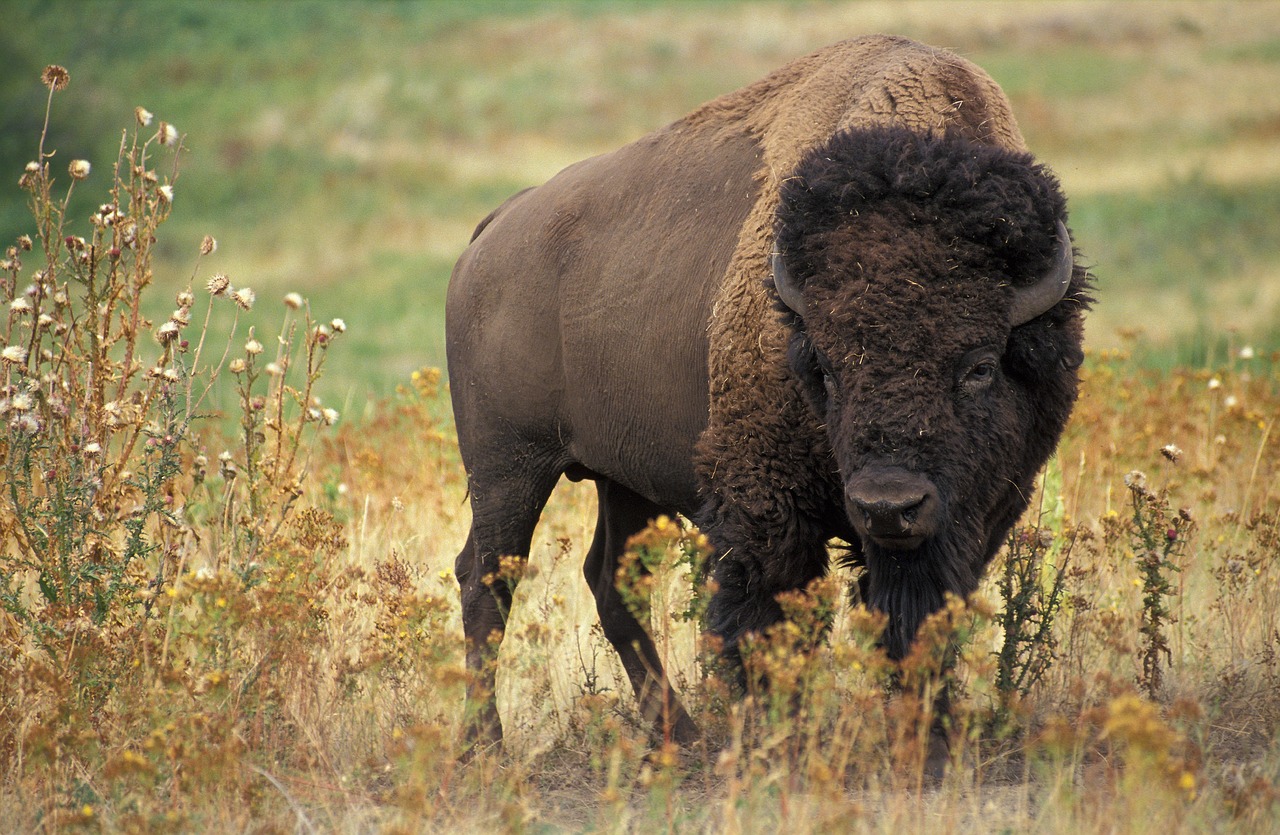 Shutterstock
Shutterstock
Bison migrations were once a common sight across North America, though they are now much rarer due to human intervention. However, in certain areas, such as Yellowstone National Park, bison still undertake seasonal migrations between the higher mountain ranges and lower plains. Their migration is largely driven by the availability of food and the harshness of the winter months. These large, powerful animals travel in herds, using their collective strength to protect against predators like wolves and bears.
African Elephants
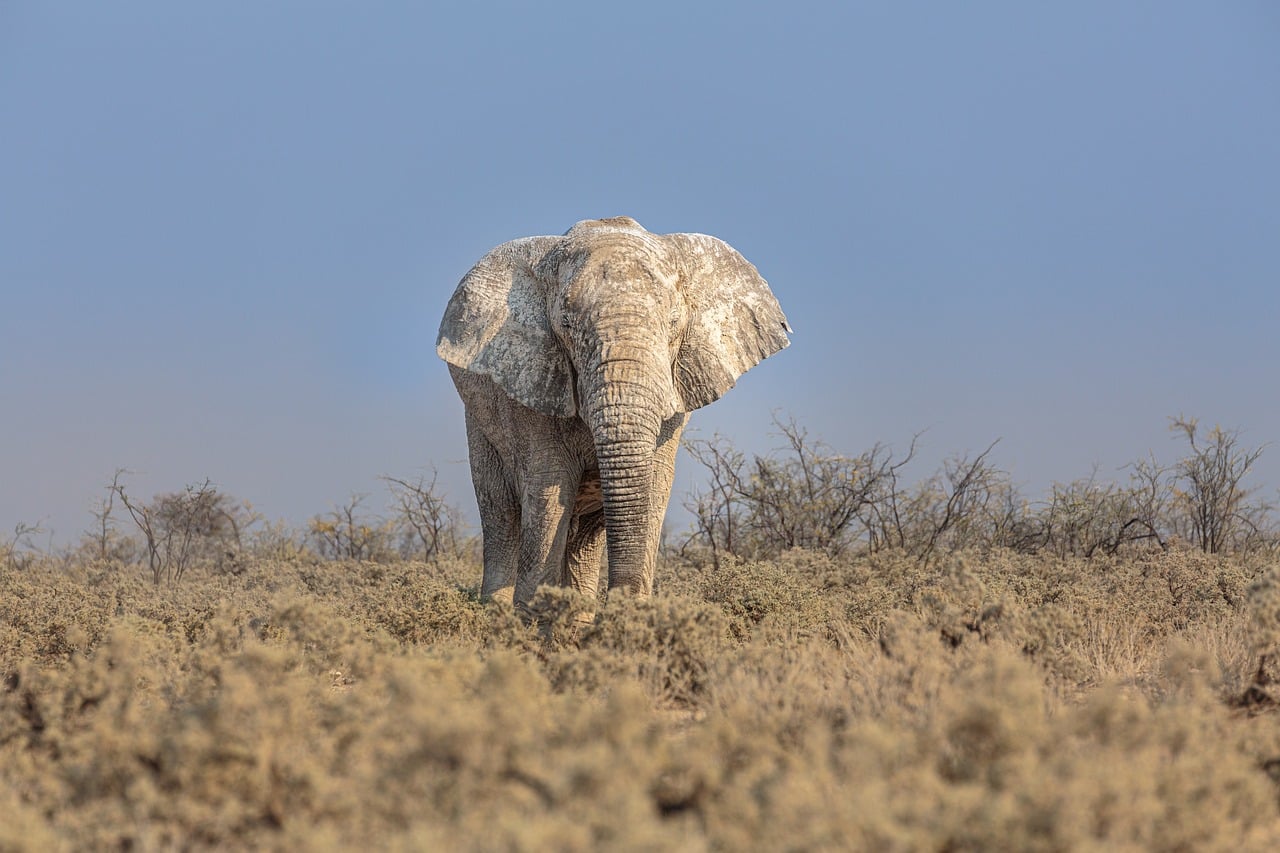 Shutterstock
Shutterstock
African elephants, though not traditionally known for migration, engage in seasonal movements across Africa in search of food and water. During the dry season, elephant herds move across vast distances, often walking hundreds of miles to reach more abundant resources. Their migratory routes are passed down through generations, and older matriarchs guide the herd based on their vast knowledge of the landscape. The migration patterns of elephants are vital for their survival, as they ensure that the herds can find enough food and water to sustain them through tough times.
Gray Wolves
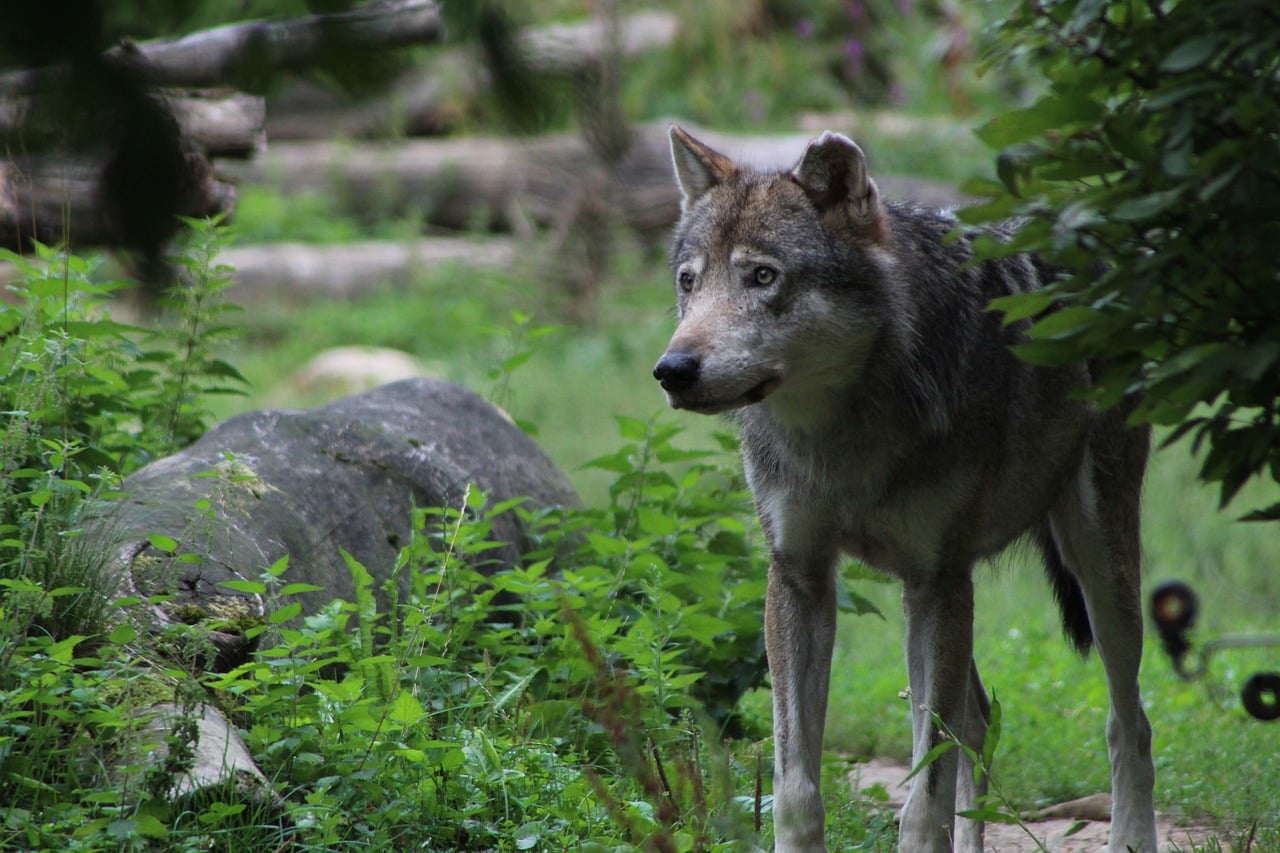 Shutterstock
Shutterstock
Gray wolves, although primarily known for their hunting and pack behavior, also undertake seasonal migrations in search of food and better living conditions. They move in response to the availability of prey, particularly in regions where winters are harsh and food becomes scarce. These wolves are capable of traveling hundreds of miles across rugged terrain in search of new hunting grounds, demonstrating their remarkable endurance and adaptability in extreme conditions.
Red Crabs
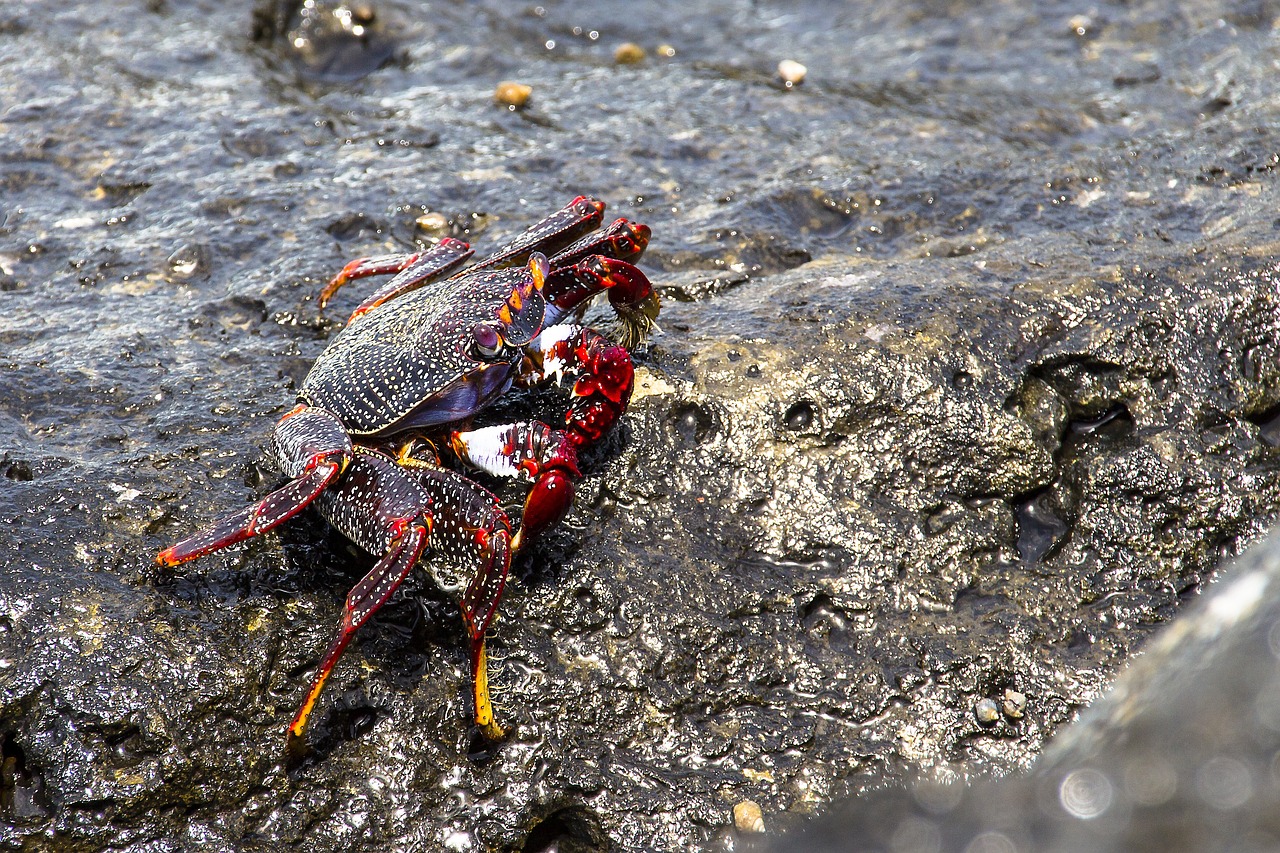 Shutterstock
Shutterstock
Every year, millions of red crabs migrate across Christmas Island in the Indian Ocean during the wet season. This migration, which occurs during the wet season, involves the crabs moving from the forests to the coast to breed. The migration is so immense that it creates a virtual red carpet on the island. The crabs must navigate dangerous roads and human-made barriers, but they do so with remarkable precision, ensuring their species continues to thrive on the island.
Polar Bears
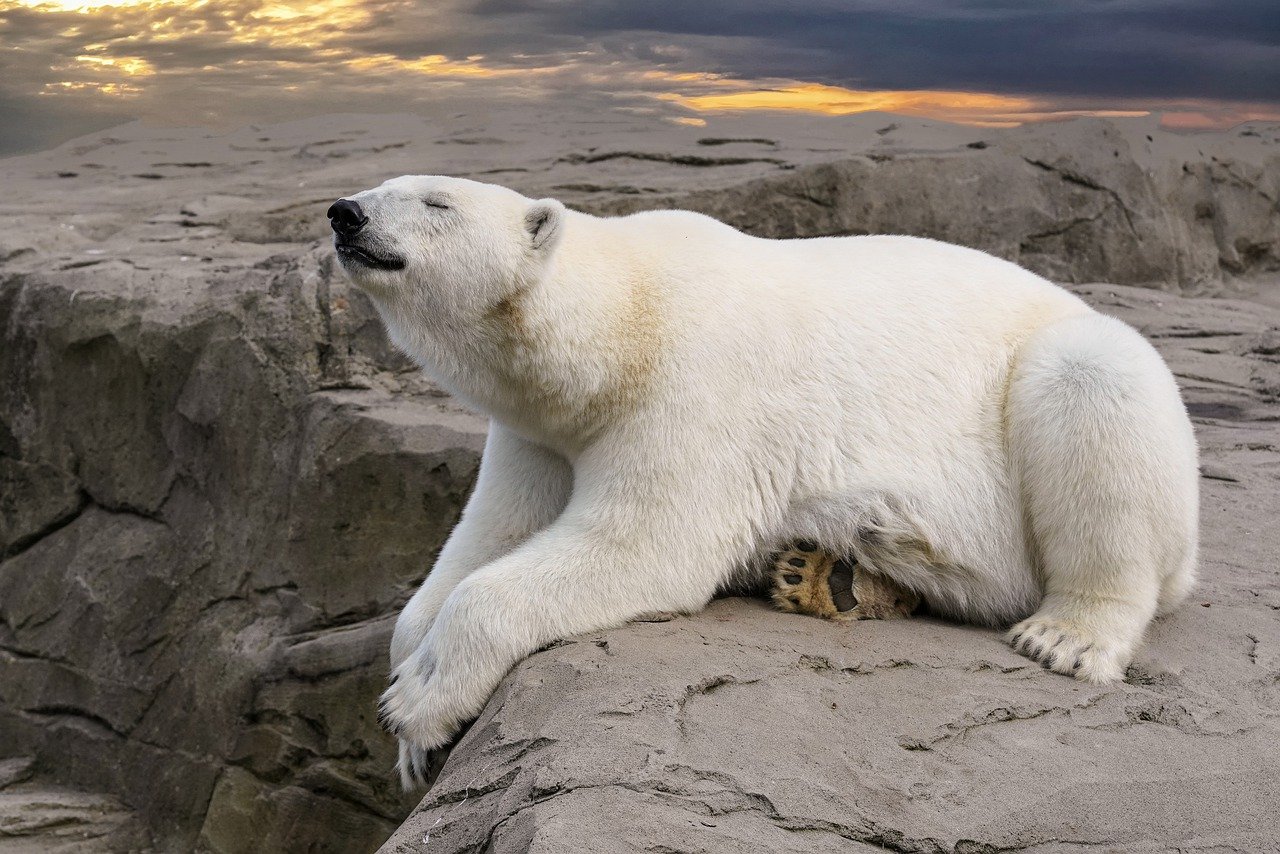 Shutterstock
Shutterstock
Polar bears in the Arctic region follow a seasonal migration pattern. They move across the ice for seals, their primary food source, and travel between sea ice and land depending on the freezing and melting cycles. These bears demonstrate extraordinary endurance, swimming and traveling long distances to find food and suitable habitats. As the climate changes, their migration patterns are being disrupted, making it even more vital to protect their environment.
The Migration That Puts Our Travels To Shame
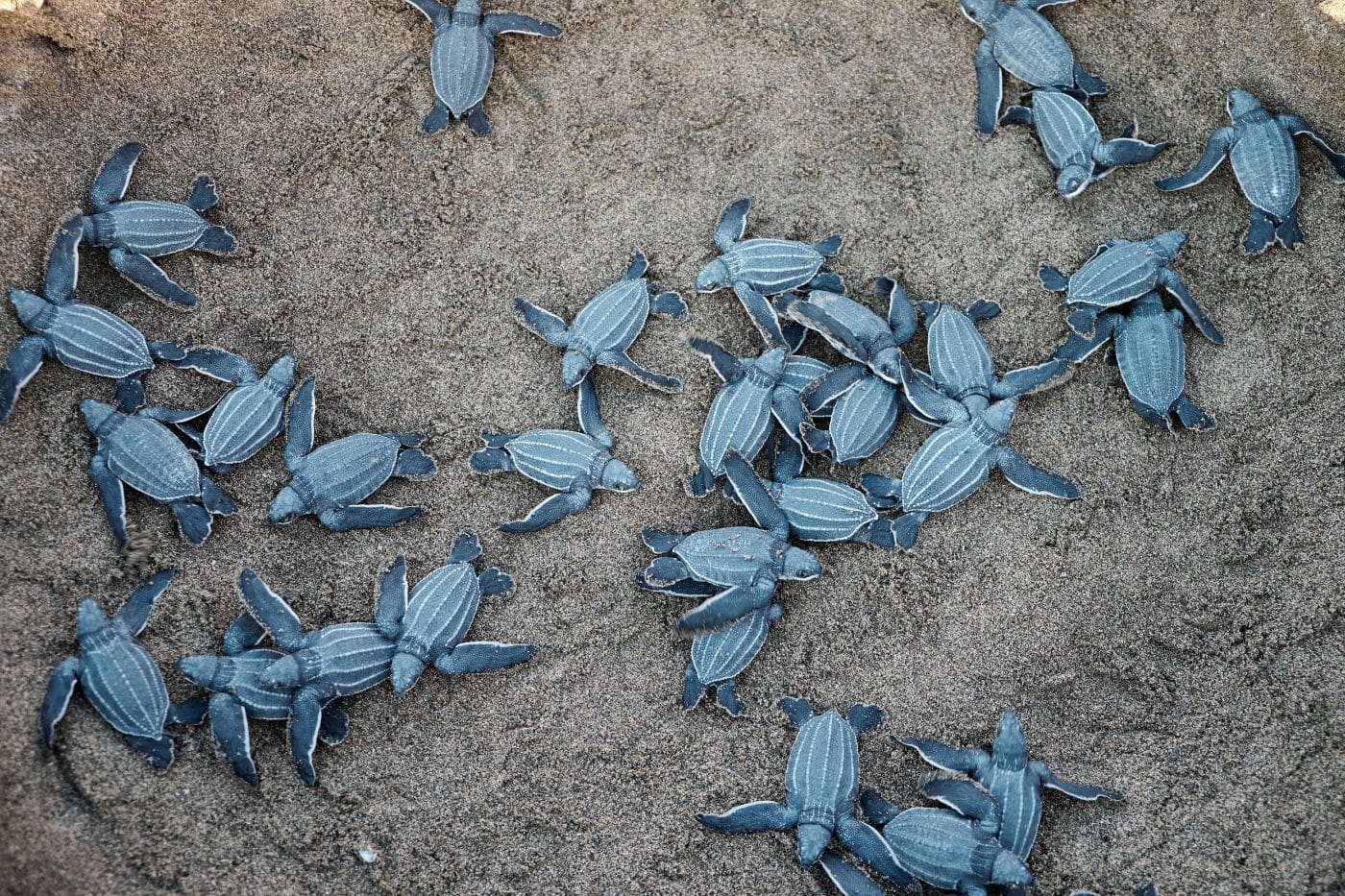 Shutterstock
Shutterstock
Animal migrations are not only awe-inspiring but also truly impressive! These remarkable creatures demonstrate incredible resilience and determination, following their instincts to overcome vast distances and harsh environments. Their ability to navigate across continents and survive in extreme conditions speaks volumes about nature’s brilliance. So, the next time you find yourself stuck in traffic or preparing for a long road trip, take a cue from these travelers and enjoy a quick nap. After all, you’ve got a long journey ahead, just like them!
